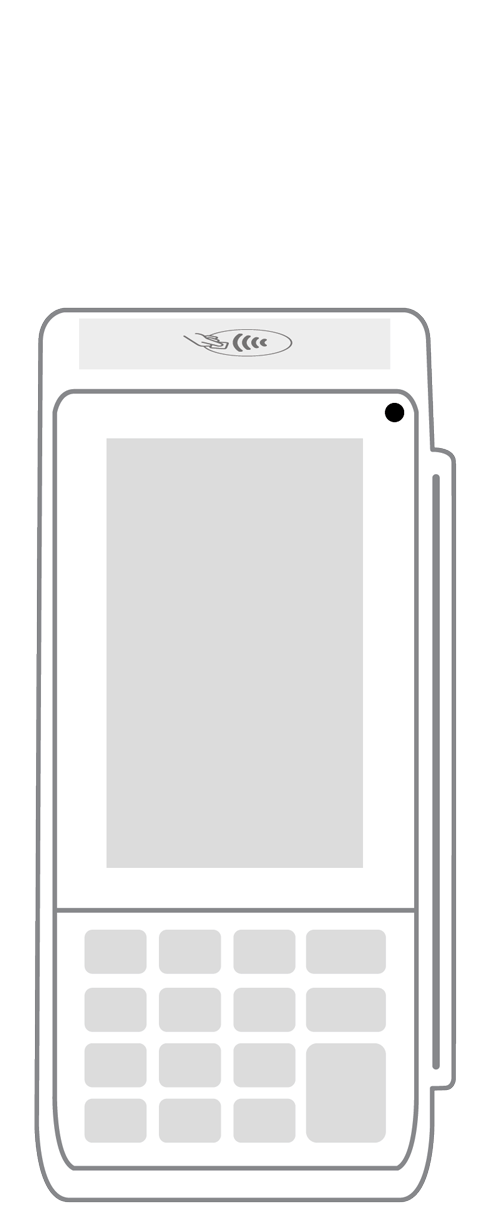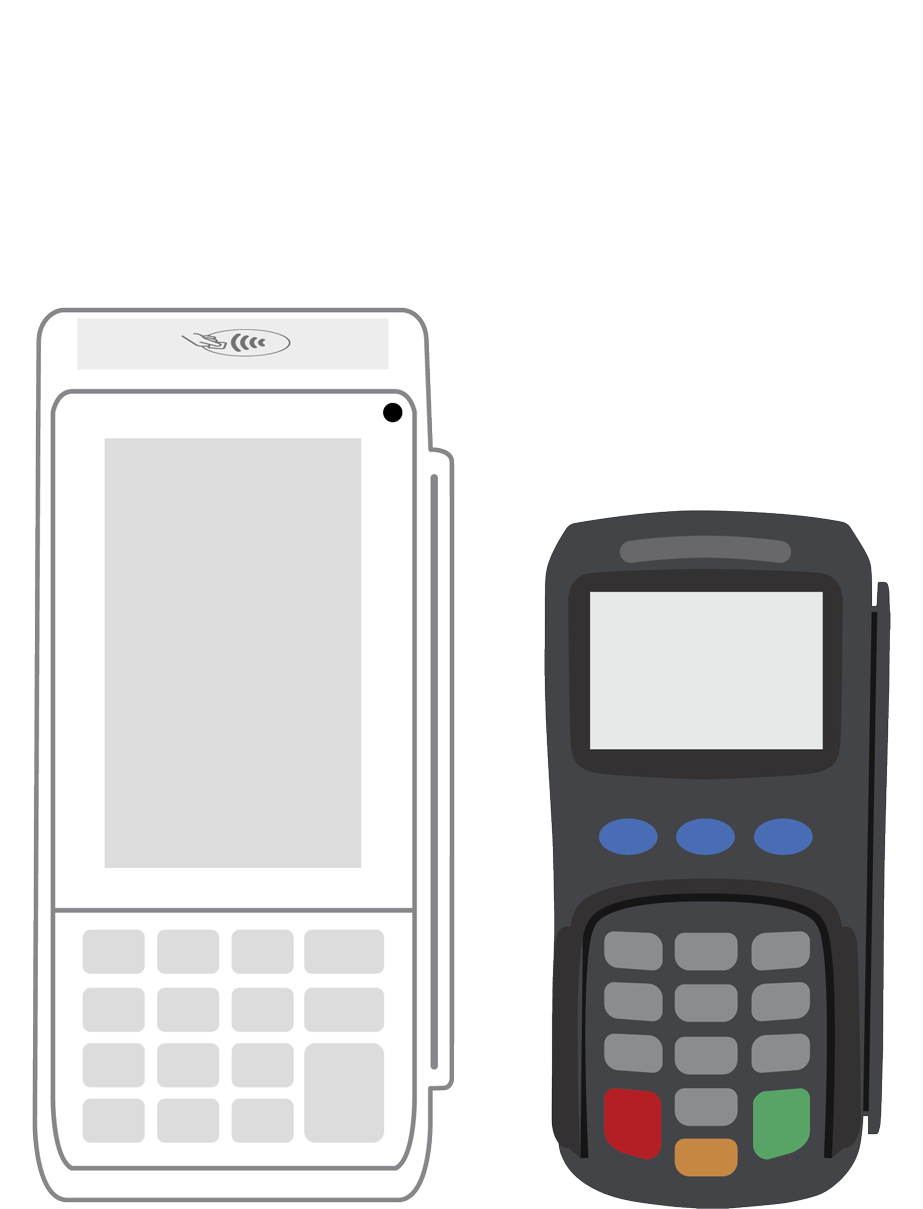An ewallet guide to current and future trends in the world of mobile payments.

The pandemic shook up every aspect of our lives, including how retailers operated, as well as the ways their customers preferred to pay for products and services. While the virus shows signs of subsiding, there is little doubt that many of these trends are here to stay. Consider how the top evolutions in mobile payment options may impact your business moving forward.
Contactless payments.
The digital wallet technology in smartphones and wearables is changing the way people prefer to pay. Through the use of near-field communication (NFC) technology in both customers’ devices and merchants’ card readers, buyer and seller can complete the checkout process without there ever being any physical contact between hands, cards, or hardware. In an age when coming into contact with infected surfaces could prove deadly, these safe and secure tap- or wave-and-go payments are quickly becoming a permanent part of the shopping landscape.
Mobile point of sale systems.
Smartphones are highly portable. So too are the latest smart payment devices and card readers that merchants are using to accept payments. These pieces of hardware do far more than merely transact purchases; mobile POS systems can also be indispensable assistants in inventory, employee, and customer management, sales report generation, and so much more. Not to mention, they can be used anywhere, allowing you to take your business to your customers, whether they’re across town or on the other side of the world.
Social media engagement.
Forums like Facebook, Instagram, Pinterest, and TikTok do far more than simply connect relatives and friends. Increasingly, retailers are leveraging these social media sites into their marketing strategies to engage potential buyers. Whether it’s through product demos, customer reviews, or ongoing conversations, buyers and sellers are connecting via social media like never before.
Flexible payment options.
As a business owner, removing any barriers that inhibit customer purchases should be one of your highest priorities. With increasing frequency, savvy merchants are using their point of sale systems to offer non-traditional arrangements such as subscription-based payment options. These take much of the stress away from buying products, particularly when it comes to high-end items.
Biometric authentication.
Mobile payments made via digital wallets are only embraced by customers because they recognize that they are safe and secure. This assurance is provided via several mechanisms that verify the person in possession of the device is actually the authorized user. Current popular methods of authentication include fingerprint, face ID, optical scanning, and voice recognition. In the years to come, it seems likely that other biometric technologies will enter the picture as well.
Machine learning to enhance payments security.
Although a digital wallet encrypts and tokenizes customer information to provide significant protections, data breaches still occur. As another layer of protection, financial institutions have begun to use machine learning to analyze transactions in real-time for potential fraud. Machine learning is the first step toward true artificial intelligence, a holy grail that innovators have been seeking for decades.
These days, technology is evolving at warp speed. Consumer expectations for a personalized and secure shopping and payment experience have reached new heights. Although we cannot predict the precise ways it will happen, digital wallets and mobile payments will surely be integral parts of our shared payments future.
 3-in-1 Reader |  Terminal |  Keypad |  PINPad Pro |  Flex |  POS+ | |
|---|---|---|---|---|---|---|
Payment types | ||||||
EMV chip card payments (dip) | ||||||
Contactless payments (tap) | ||||||
Magstripe payments (swipe) | ||||||
PIN debit + EBT | ||||||
Device features | ||||||
Built-in barcode scanner | ||||||
Built-in receipt printer | ||||||
Customer-facing second screen | ||||||
External pinpad | ||||||
Wireless use | ||||||
Network | ||||||
Ethernet connectivity | With dock | |||||
Wifi connectivity | ||||||
4G connectivity | ||||||
Pricing | ||||||
Free Placement | ||||||